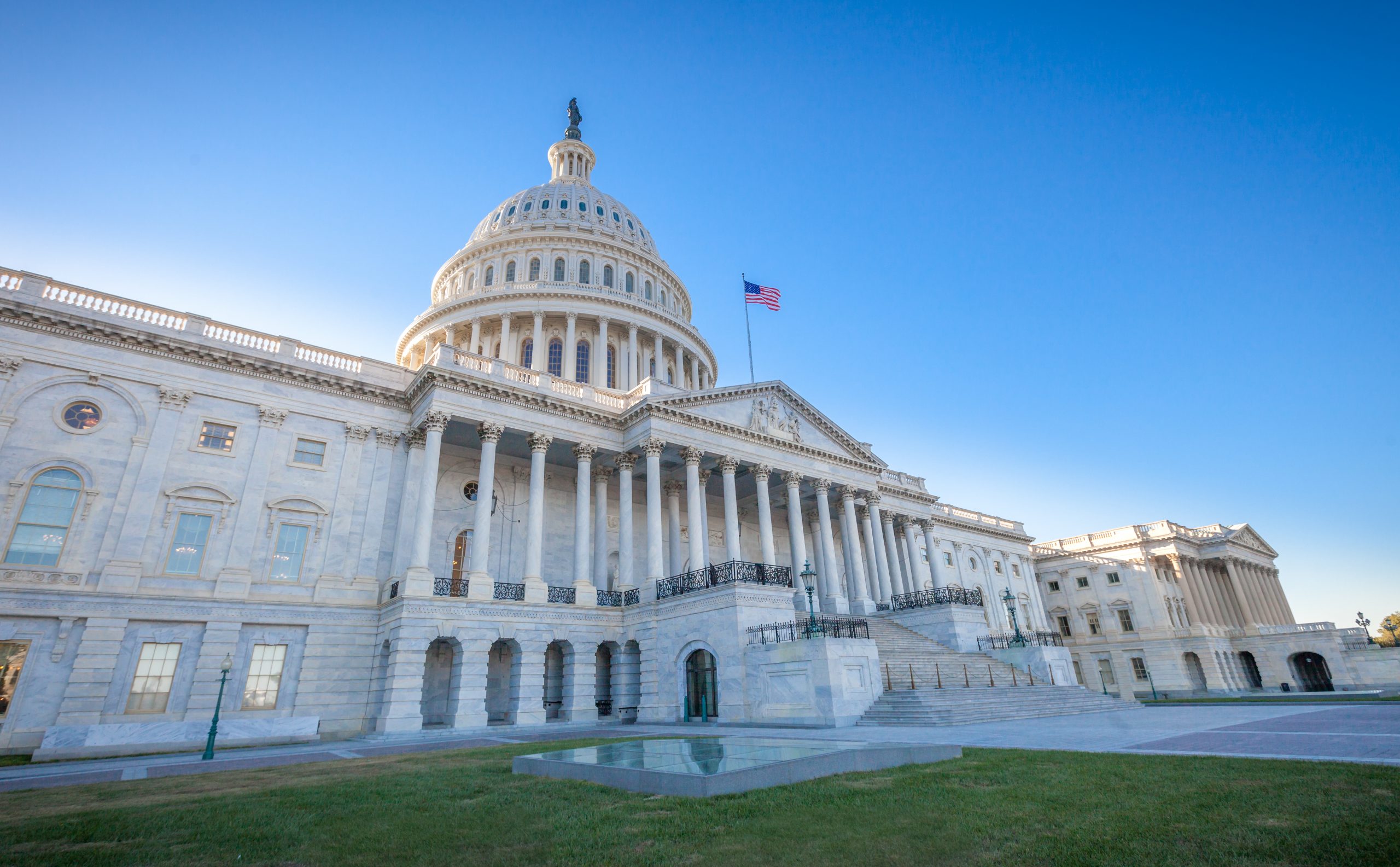Interview with the VA: Understanding Recognition Through Supportive Services for Veteran Families
Active military and Veterans play an integral role in our everyday lives. Although we can’t always witness them in action or grasp the full breadth of their influence, we have confidence in their bravery and the safety they provide to our society on a daily basis. While we have this understanding, we also recognize that Veterans in this country often need support when they return home. Not only because of the inherent trauma of combat, but also because of the challenging economic situations that they often find themselves and their families in. We must continue to strive to do better by our Veterans. An example of progress in this area is the Supportive Services for Veteran Families (SSVF) program. This program addresses the varying needs of an individual Veteran and their family, by providing assistance with housing, transportation, child care, and the financial barriers that they may face.
SSVF was established in 2011 as a Rapid Rehousing and Homeless Prevention program to support homeless Veterans and their families in finding permanent housing and prevent homelessness for those at imminent risk due to the housing crisis at the time. In 2019, the U.S. Department of Veterans Affairs (VA) is making $326 million in grants available to providers through a competitive application process, in order to assist them with providing SSVF services. These services assist Veteran families with outreach, case management, and assistance accessing and coordinating other services that promote housing stability and community integration. The program has had several successes since its inception.
In 2015, Virginia Governor Terry McAuliffe announced that Virginia would be the first state in the nation to functionally eliminate Veteran homelessness. The philosophy underlying the state’s initiative is housing first — a policy that holds that providing homeless people with safe, supportive housing is a precondition for attending to the issues that caused them to slip through the cracks in the first place. Supportive services in permanent housing typically keep residents linked to social workers and include health services — many single homeless adults have some kind of serious physical, mental or substance abuse-related problem — and job readiness programs .
Virginia is not the only state that has seen successes with this population. SSVF, Phoenix, Arizona was the first community in the country to end homelessness among veterans with lengthy histories of homelessness. The tenet of the program as described by one veteran, “I’m coming up on nine months sober, and a big part of it is because I have a roof over my head.” The program allows participants to prioritize their recovery because they are no longer consumed with the fundamental human need of finding shelter.
Many capacities/elements are considered when applying to be a SSVF provider, one of which is a provider’s accreditation status. The Council on Accreditation is recognized by the VA as an approved accreditor of SSVF services. SSVF providers that are COA accredited are eligible to receive a three-year funding award from the VA, while non-accredited providers are limited to one-year funding awards. Recognition of specific accreditors is often used as a tool for oversight entities, in this case the VA, uses accreditation to meet/or exceed oversight requirements. The VA also allows SSVF providers to use their funding to pay for accreditation. This incentivizes providers to become accredited and allows the VA to verify that these providers have gone through a rigorous third party review by an accreditor. Essentially the VA uses accreditation as a tool to indicate a quality provider with quality services, services that are best equipped to support U.S Veterans and their families.
Jill Albanese, Supervisory Regional Coordinator at the VA, oversees providers of the SSVF program and has been with the department since the creation of the program. Jill graciously took time to explain how the VA’s recognition of COA accreditation played a role in them determining funding for these grantees. Check out our discussion below.
COA: What was the genesis of recognizing an accreditor for this funding?
JA: When SSVF was being created we wanted to find a way to monitor and oversee the program consistently within our limited resources. We looked into how other non-profit oversight entities were doing this work and began learning more about the accreditation process.
COA: Why is accreditation status a component of the SSVF grant?
JA: We wanted agencies to become accredited, however we did not want to mandate it and limit services in a community if a provider does not yet have an accreditation status. To further incentivize accreditation we allow providers to use SSVF funds to pay for accreditation and allow accredited organizations to be eligible for three-year funding awards.
COA: Were those incentives effective?
JA: Yes, I would estimate that about half of all SSVF providers are accredited.
COA: How has recognizing COA accreditation impacted the VA’s oversight of the SSVF program?
JA: We’ve seen increased consistency amongst accredited SSVF providers. In addition, we have consistent oversight practices for accredited organizations that allows us to reduce the duplicative work that we do to monitor the programs. We use an Accreditation Tool that shows our auditors which review steps would have been covered for them to achieve accreditation. We can spend less time monitoring those sections already reviewed under the accreditation process and more time focusing on offering technical assistance to our providers. It saves time for auditors and providers.
COA: Can you tell us about the roll out of the accreditation provision?
JA: Initially, we gave priority funding to applicants that were already accredited at the time. Then we worked with each accreditor recognized to determine specific service sections that we felt most appropriately fit the SSVF program. The accreditors then crosswalked their standards with our regulations and we were able to achieve further consistency between provider agencies.
COA: What have you heard from providers related to the accreditation process?
JA: I recently spoke with a provider about this, they described the process as totally worth it. In fact, this particular provider is excited to now be mentoring another agency through the accreditation process. I’ve also heard positive comments on the standards themselves. The process is rigorous, particularly before the Site Visit, but overall providers seem to appreciate the organizational change it creates.
COA: How do you think the accreditation process has impacted SSVF providers?
JA: Anecdotally, there seems to be an increased sense of organization about them. Particularly in day-to-day work we’ve seen providers transform their processes and procedures, which has an improved impact on the services delivered. It has increased the expectation of quality amongst SSVF providers, which has led to increased quality amongst the providers applying for SSVF funds.
COA: As the oversight entity, have there been any challenges to having an accreditation component for the grant?
JA: SSVF is a dynamic program that is constantly changing. Our mission is always the same, but the method changes, in some instances these changes can be rapid. It helps that the accreditors are ready and willing to make changes when that happens.
COA: Are there any components of accreditation that you find particularly valuable as an oversight entity?
JA: The individual governance standards, and policies and procedures are extremely helpful. It provides agencies guidance and structure. If a provider loses a staff member having these components of accreditation in place help them stabilize, which is good for Veterans.
COA: What impact do you feel the accreditation process has on the individuals served by SSVF programs?
JA: Ultimately, the individual Veteran has been able to expect a greater emphasis on consistent services. Anecdotally, the providers seem to run smoother operations.
COA: Has the role of an accreditor created any efficiencies for the VA as an oversight entity?
JA: Program review has become more efficient. Grantees are more organized for the process, which allows us to save time on things that usually require a lot of back and forth. It saves a lot of time day-to-day.
COA: Is there anything else you want to share that we haven’t covered in these questions?
JA: It’s amazing to see the differences from one year to the next with these providers. They’re eager to share their progress and the successes their clients have achieved.
Thank you!
We would like to take a moment to thank Jill for her time and insights, but mostly for the work she does every day to support Veterans in this country. COA looks forward to our continued collaborative partnership with the VA.



